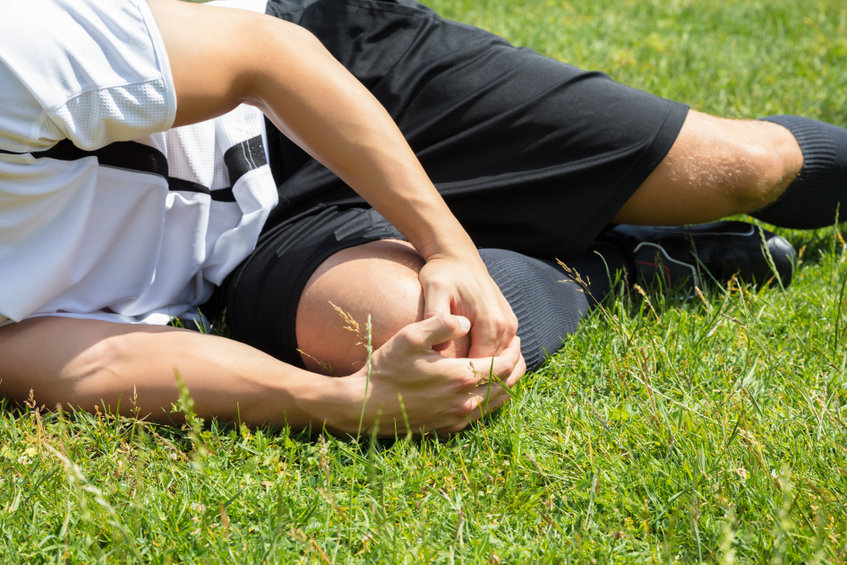Have you ever had a feeling that “the inside of my knee hurts when I straighten it” and become worried about it. Arthritis and injury are two main possible reasons behind the pain in the knee, especially deterioration of cartilage. Most treatment options depend on the reasons causing the knee pain and include medication, cold packs, and exercises. Trauma to your knee or sports injury can also result in knee pain. So, first you should be aware of the causes behind knee pain and, after that, best treatment options at spinal pain management near me.
Causes of inside of knee pain
Causes of inside of knee pain are as follow:
Meniscus Injury
Meniscus is present between the tibia and femur and looks like a C shape. Meniscus tears are one of the most common injuries which can result in dysfunction and swelling. This can occur naturally or can be as a result of sudden injury. Meniscus tears can be of many types like:
- Incomplete
- Flap
- handle
- horizontal
- radial
- buck
- complex
Meniscus tears can also hurt the knee when straightening or bending it.
Nerve Injury
Nerves have special importance in providing signals and information to the tendons, muscles, and ligaments in the knee. Any injury to nerves can result in improper activity of the knees.
3. Strained muscles
Excessive exertion of muscles can lead to torn or stretched muscles. Some strains result in pain that has a bad impact on knees whether it's straight or bent, but some strains may only result in pain when you try to straighten your knee completely.
Hamstring tendonitis
Hamstrings present at the back of thighs help knees bending easily. Tendons join the hamstrings to knees and pelvis in the human body. Tendons due to recurring and repetitive movements can become inflamed and injured during the sports. Tendons can become stiff upon knee arthritis. The tight and inflamed hamstrings can stop you from fully straightening or bending the knee and can cause pain by pulling on the knees. Pain can be sharp shooting and can radiate to other parts of the lower body. The area becomes tender to touch and very painful as well.
Medial Plica Irritation
Plicas are present in joint lining in the form of small folds. Medial plica covers your inner knee. Plica syndrome occurs due to overuse like repeatedly flexing the knee can lead to irritation of medial plica. Due to this, folds become thickened and also get stuck in the bones. Moreover, a person suffering from this can also feel locking knees and also a cracking sound along with a dull inner pain.
Tendon Injury
Tendons are made of thick tissues of connective cells that join bone to muscles. They help stabilize and make it easy for a joint to move. There are many tendons in the knee like distal quadriceps or patellar tendon. Tendons are susceptible to injury due to
- overuse,
- trauma,
- muscle imbalance,
- medications such as (certain antibiotics, and medical conditions)
Bursitis
Bursa are very important as they provide cushioning between the tendons and bones and decrease frictions as well. The bursa present near the inner knee becomes affected and starts paining at one side of the knee, over the knee cap or below the joint. Knee bursitis may result from basketball, football with
- recurring twisting movements
- muscle imbalance
- a tremendous increase in physical activity
- some underlying knee problems
Diagnosis Of Inner Knee Pain
- Doctor after examining your knees will likely ask a few questions about knee pain.
- Doctors may ask you to do an MRI scan or X ray, but this is not always done. Doctors may also diagnose by physically examining and asking a few questions and especially about symptoms.
- Doctors depending upon your condition may also recommend arthroscopy.
Conclusion
If you are suffering from knee injury you can help yourself by trying to elevate and rest your leg after an injury. You can also use tubular bandages or ice packs to help decrease swelling. Whenever you suffer from knee pain and do not find relief even after following RICE, then you should consult a doctor immediately at Fort Worth pain management. Especially, if your pain persists more than two days and try to avoid any further harm to the knee by overusing it.





Comments